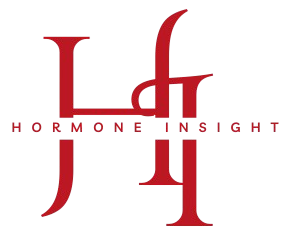Summary:
In patients with type 2 diabetes mellitus experiencing reduced salivary gland function, low-level laser therapy combined with transcutaneous electrical nerve stimulation (TENS) significantly improved salivary flow and modulated the oral microbiome compared to sham treatment controls,
though it was associated with minimal side effects and requires further validation.
| PICO | Description |
|---|---|
| Population | Patients diagnosed with type 2 diabetes mellitus exhibiting reduced salivary gland function and associated oral microbiome alterations. |
| Intervention | Low-level laser therapy combined with transcutaneous electrical nerve stimulation (TENS) applied to salivary glands. |
| Comparison | Sham treatment (placebo), involving inactive stimulation with no therapeutic laser or electrical current. |
| Outcome | Intervention significantly increased salivary flow rate and induced subtle shifts in low-abundance oral microbial taxa suggestive of a microbiome clearance effect; side effects were minimal though larger studies are needed to confirm long-term efficacy and safety. |
Source: Jéssica Luiza Mendonça Albuquerque de Melo, et al. “Low-level laser and transcutaneous electrical nerve stimulation on salivary glands impact type 2 diabetes mellitus oral microbiome: an interim analysis of a randomized trial.” Read article here.

